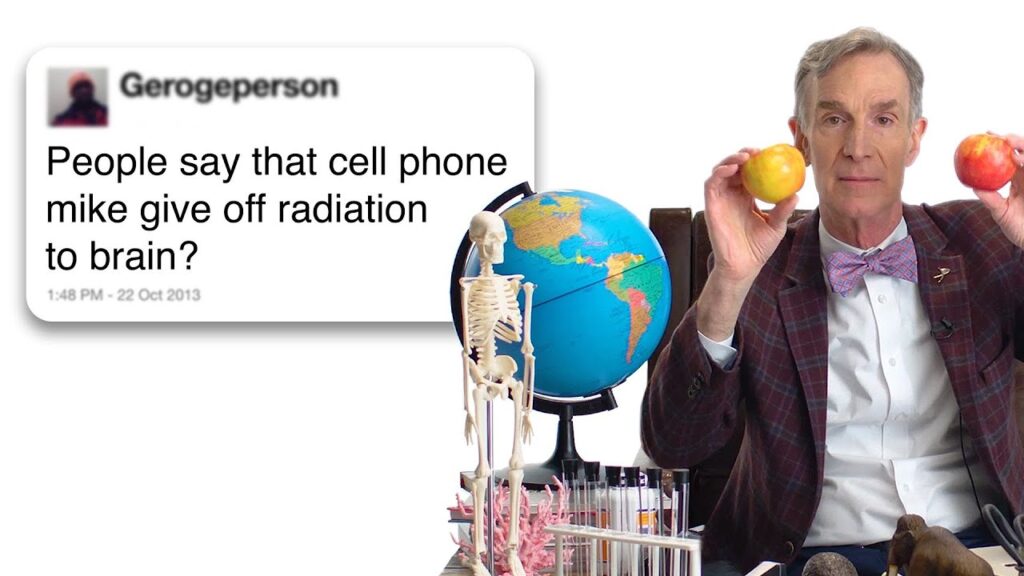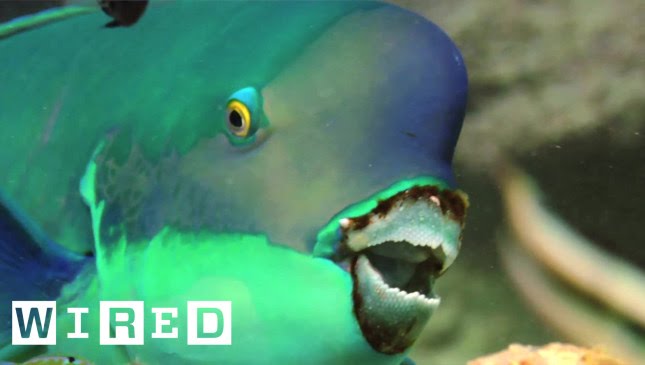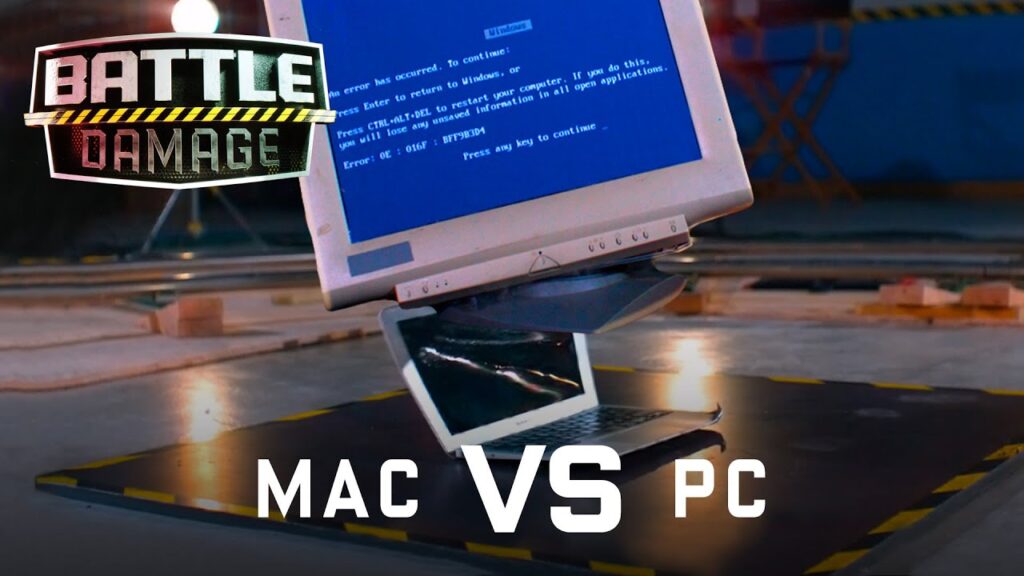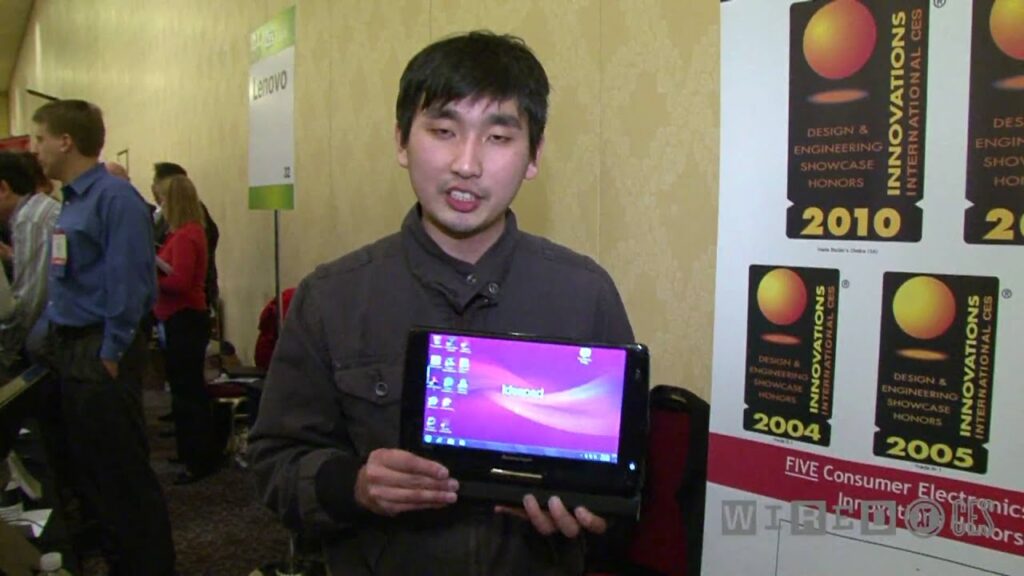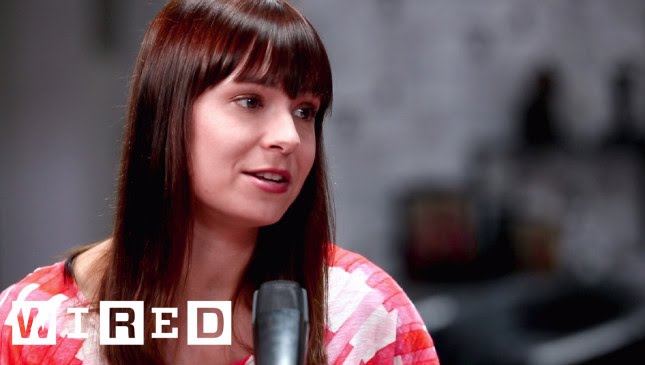Facial Animation in Teenage Mutant Ninja Turtles: Bringing Cartoon Characters to Life
Summary
In this article from FXguide.com, visual effects supervisor Pablo Hellman discusses the challenges of bringing the wisecracking and fast-talking Teenage Mutant Ninja Turtles to life in a live-action setting. Hellman and his team at Industrial Light & Magic (ILM) developed a new facial animation pipeline using motion capture technology and high-resolution face cameras to capture the movements and expressions of the human actors playing the turtles. They then reinterpreted those performances to create the unique features of each turtle’s face, including the size and placement of their eyes, nose, and mouth. The article also highlights a scene that was not originally scripted but was added based on the actors’ chemistry and humorous antics, which ultimately showcased the success of the facial animation efforts.
Table of Contents
- The Challenges of Bringing Cartoon Characters to Life
- Overhauling the Face Capture Pipeline at ILM
- The Motion Capture and Re-Targeting Process
- Bringing Unique Features to Each Turtle’s Face
- Highlighting the Actors’ Chemistry and Humorous Antics
- The Role of Talented Animators in the Process
Introduction
The Teenage Mutant Ninja Turtles have been a ubiquitous presence in popular culture since their introduction in the 1980s. Bringing them to life in a live-action setting, however, presents unique challenges, particularly when it comes to their distinctive facial features. In this article, we explore the innovative techniques used by Industrial Light & Magic (ILM) and visual effects supervisor Pablo Hellman to create realistic, expressive faces for the hard-fighting and fast-talking turtle heroes in the 2014 film.
Q&A
Q: What were some of the challenges of bringing the Teenage Mutant Ninja Turtles to life in a live-action setting?
A: When bringing animated characters to a live-action setting, one of the biggest challenges is creating realistic and expressive faces that still capture the character’s unique features. This was particularly true for the Teenage Mutant Ninja Turtles, whose distinctive head shapes and facial features made it difficult to simply map the actors’ facial movements onto digital assets. Additionally, the turtles are known for their humorous banter and wisecracks, meaning their facial expressions needed to be particularly expressive in order to convey the humor effectively.
Q: Why did ILM decide to overhaul the face capture pipeline for this film?
A: In order to capture the nuances of the actors’ facial expressions and translate them to the digital turtles, ILM needed a more advanced face capture system than they had used in previous films. The new system involved using motion capture technology to record the actors’ performances, as well as high-resolution stereo cameras to capture detailed facial movements. This allowed the team to create more accurate digital versions of the actors and translate their movements more effectively to the turtle characters.
Q: Can you explain the motion capture and re-targeting process used for the film?
A: The motion capture process involved recording the actors’ performances using specialized cameras and motion capture suits. These recordings were then used to create a rig that was designed around a digital version of each actor, which was then re-targeted to a rig for their individual turtle character. From there, talented animators at ILM were able to re-interpret the performance and bring all the artistic aspects of the characters to life. However, translating the motion capture data to the turtles was not a straightforward process, given their unique facial features and head shapes.
Q: How did you bring unique features to each turtle’s face?
A: Each turtle character had distinctive facial features, such as the size and placement of their eyes, nose, and mouth. The motion capture data alone was not sufficient to create these features accurately, given that the turtles’ heads are significantly different from those of humans. To overcome this challenge, the team used the motion capture data as a basis for a digital version of each actor, but then made significant modifications to accommodate the turtles’ distinctive heads. This involved using specialized rigs that could only be partly driven by the facial motion capture data.
Q: Can you talk about the scene that was added based on the actors’ chemistry and antics?
A: One of the film’s simpler and funnier scenes was not originally scripted, but instead added based on the chemistry and humor of the actors playing the turtles. Pablo Hellman noticed the actors goofing off between takes and suggested that it become a scene in the film. The scene involved the actors dancing around Megan Fox’s character and was not only a highlight of the film, but also showcased the success of the facial animation efforts.
Conclusion
Bringing cartoon characters to life in a live-action setting is no easy feat, but the visual effects team at ILM succeeded in creating realistic and expressive faces for the Teenage Mutant Ninja Turtles. Through a combination of advanced motion capture technology, personalized rigs, and a talented team of animators, the turtles were able to convey their humorous banter and hard-fighting spirit on the big screen. With the success of this film and subsequent sequels, it’s clear that facial animation will continue to play a crucial role in bringing beloved animated characters to life in live-action films.
